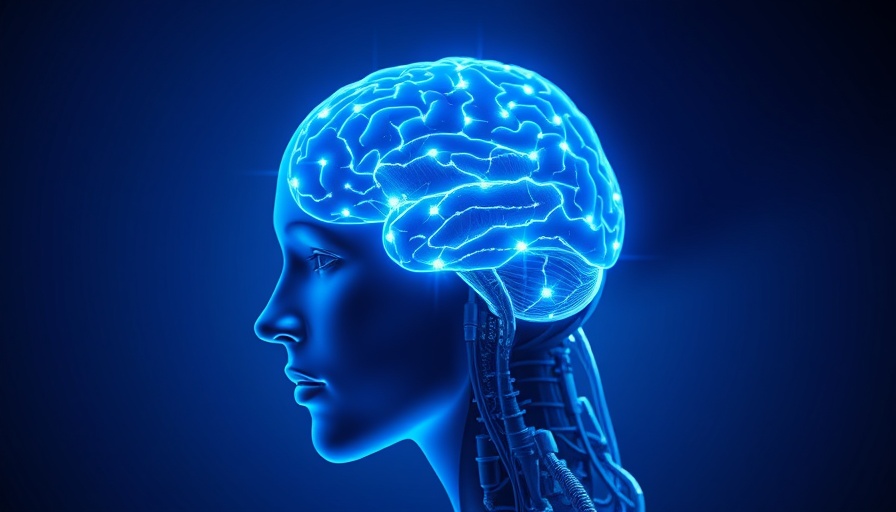
Introducing Intempus: Pioneering Human-Like Robots
In an era where technology is evolving faster than we can keep up, robotics is at the forefront of innovation. One company at the cutting edge of this field is Intempus, founded by 19-year-old Teddy Warner. Hailing from a family deeply rooted in the robotics industry, Warner's journey began in high school, where he apprenticed at a machinist shop and developed a fascination for creating machines that can coexist more naturally with humans.
The Vision: Robots with a Physiological State
Intempus aims to retrofit existing robots to emulate human-like emotional expressions. According to Warner, human interaction with machines could become significantly smoother if robots could express emotions, allowing better predictability of their movements and actions. The technology seeks to provide robots with a 'B step' between observation and action, which is crucial for understanding and responding to the world in a human-like manner.
How Does It Work?
Warner's innovative approach began at the AI research lab Midjourney, where extensive research showed that current AI models struggle with spatial reasoning. Recognizing this challenge, Warner saw the potential for robots to develop their own physiological states, just as humans experience fun, stress, and a myriad of other emotions. Instead of merely executing tasks, the idea is for robots to relate in a more nuanced and human way.
The Research Behind Intempus’s Technology
The foundation of Intempus technology lies in biometric data. Initially, Warner experimented with fMRI data to capture brain activity but found little success. He then turned to polygraph tests that measure physiological responses, including sweat, which yielded promising results. This groundbreaking work allows robots to develop an emotional composition, opening up new possibilities for interactions that could feel less mechanical and more relatable.
The Broader Impact of Human-Like Robots
The potential applications of Intempus's innovations are vast. In healthcare, for instance, robotic companions exhibiting empathy could provide comfort and support to patients. In education, robots that understand emotional cues could engage more effectively with students, making learning a more interactive experience. As we further integrate AI and robotics into our daily lives, machines that relate more closely to human emotions could change social dynamics significantly.
Counterarguments: Skepticism Towards Emotional Robots
While many champion the notion of emotional robots, there are valid concerns. Critics argue that robots should not merely mimic human emotions, as this can lead to confusion about the nature of those interactions. Moreover, ethical considerations arise: should we create machines capable of deception in emotional contexts? These discussions are vital in navigating the future of robotics in our society.
The Future of Robotics: Emotional Intelligence
As Intempus continues its mission, the implications of technology enhancing machines with human-like qualities provoke essential questions about the role of robotics in human society. What happens when robots not only interact with us but also understand and respond to our emotional states? The journey of enhancing robots’ capabilities mirrors the evolution of AI from mere calculators to complex systems capable of nuanced conversation and interaction.
Final Thoughts: The Need for Emotional Connections
As our world becomes increasingly dependent on technology, the need for emotional intelligence in robots becomes clearer. Intempus represents a groundbreaking step towards humanizing robots—making them more than mere tools, and allowing them to become companions that integrate seamlessly into our lives.
This journey involves not only technological advancements but also ethical considerations about how emotional robots will coexist with us. Understanding and overcoming these challenges is essential as we look toward a future where technology and humanity can thrive together.
 Add Row
Add Row  Add
Add 



Write A Comment